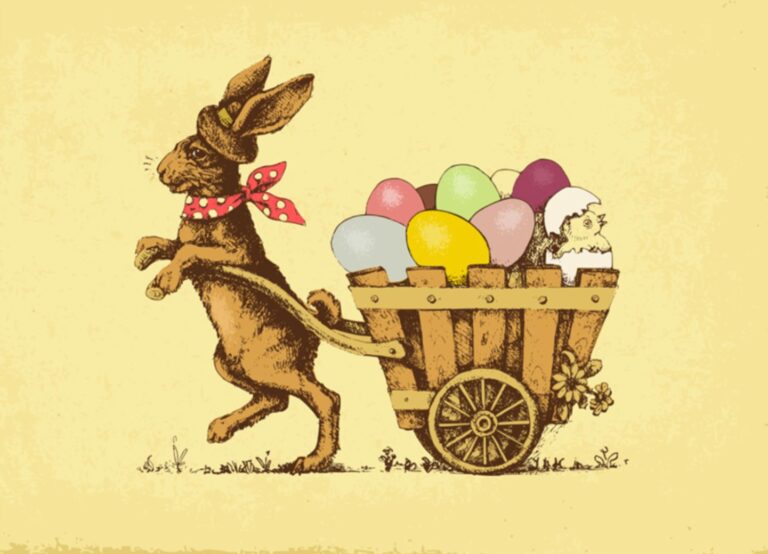
Why do we have Easter Bunnies and Chocolate Eggs at Easter? The celebration of Easter is critical to 2.2 Billion Christians as it marks the death and resurrection of Jesus Christ. Easter also ends lent, a 40 day period in which Christians abstain from certain foods as a sacrifice to grow closer to God. Yet, some of the Easter traditions do seem disconnected from the religious meaning. In fact, two seemingly unrelated rebirth traditions mark Easter for all Christians and non-Christians, chocolate bunnies and Easter eggs.
From Pagan Beliefs to Easter Traditions
Christian missionaries travelling through Europe had to overcome numerous obstacles. The people they encountered had strong pagan beliefs and even when accepting Christianity they would not forgo all their traditions. In order to facilitate the transition, missionaries did not interfere with local customs, instead they attempted to transform pagan practices into Christian doctrine.
It is the Season of Rebirth
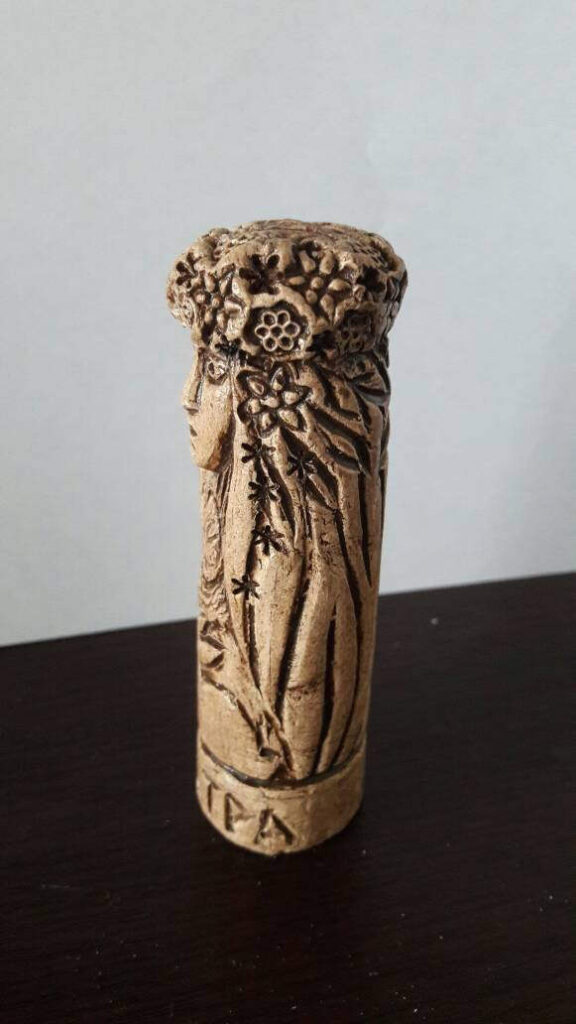
Every year Easter falls on a different day as it follows the lunar cycles based on the Jewish calendar. Even if the date is not fixed, the Easter date falls always between March and April. Consequently, Easter has always been associated with the beginning of spring, a symbol of rebirth for all cultures throughout antiquity. As a result, the resurrections of Christ in the spring was connected with the rebirth of nature and the awakening into a new life.
The Eostre Goddess of Easter
The ancient Saxons celebrated the return of spring with a festival to honor the goddess of offspring and springtime, Eostre. Since the holiday coincided with Easter, it didn’t take long for Christian missionaries to incorporate this holiday. In a very short time some key northern European customs became Easter traditions. As a result, the festival of Eostre became a misspelled Easter, a quite different name compared to other languages. In Latin, this important holiday was called Pascua which had a similar meaning to the word “Passover”. Matter of fact, most languages use words deriving from Passover or Pascua compared to the Anglo-Saxon Easter or German Ostern.
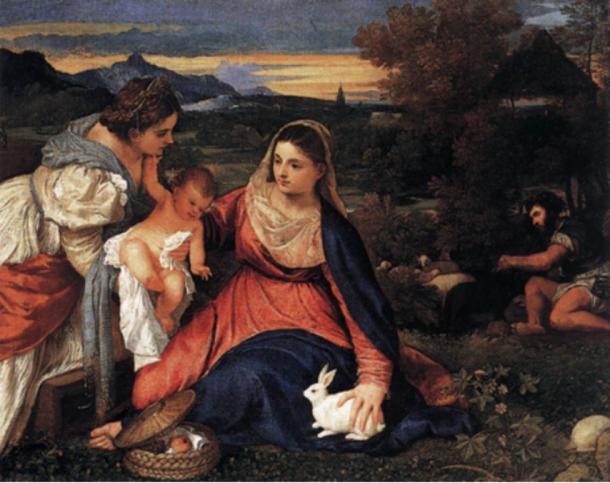
The Easter Bunny
The Spring Rabbit or more accurately the Hare is known to all children as the “Easter Bunny“. In antiquity, the pagan goddess Eostre was often represented in the form of the hare, a popular symbol of fertility and the joy of life. Early Christians loved the symbol of the Hare because of ancient time Greek and Roman misconceptions. These ancient civilizations believed that the Hare could reproduce without of mating. For early Christians, the association with Mary’s virgin birth of Christ was immediate; as a consequence, in some cases Mary started being represented by a Hare.
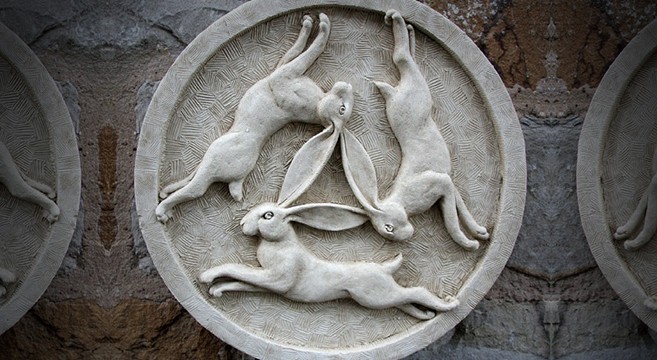
The Easter Eggs
Eggs have always been a symbol of fertility since antiquity. Similarly to the Hare, this pagan symbol celebrating rebirth took on another meaning as early as the first century AD. As a new symbol of life, the egg was became a metaphor of the resurrections and new life. Other sources, mention that until the 13th century eggs were a forbidden food during lent. As a result, people started coloring eggs in anticipation of the fact that they could soon be eaten again.
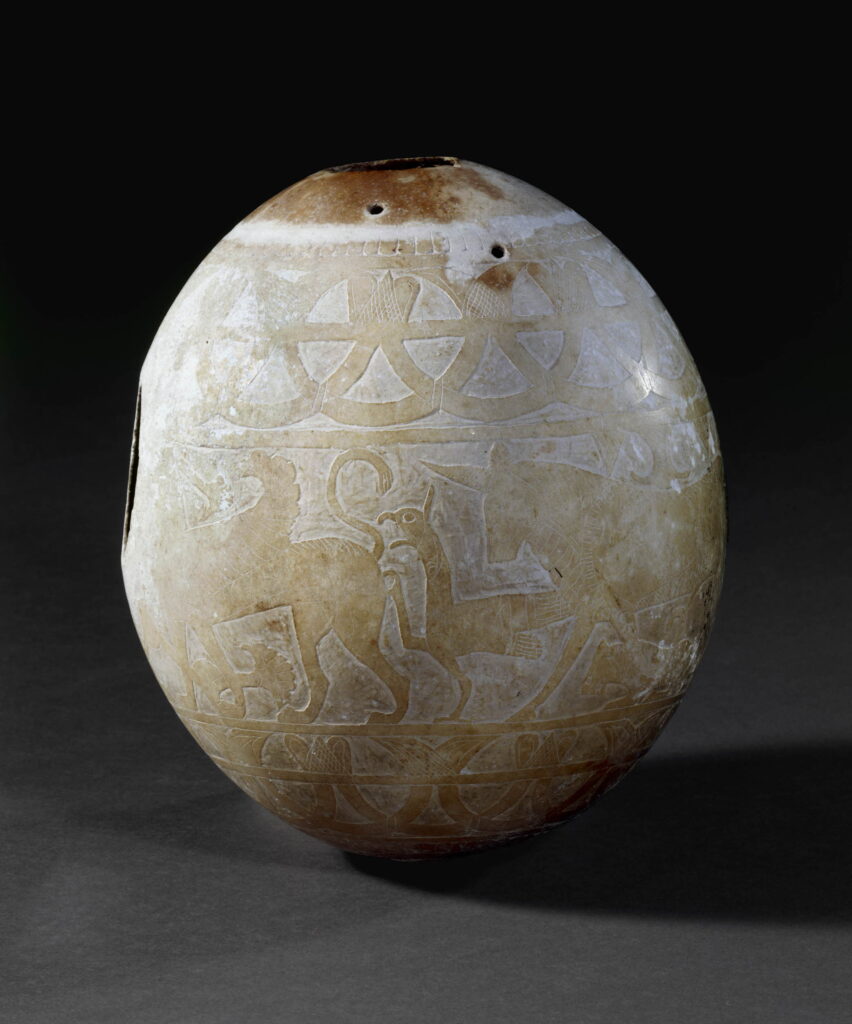
Rebirth, Eggs, and Ancient Civilizations
Other civilization as the Egyptians used eggs as a symbol of rebirth. The Egyptians placed eggs in their tombs. The Greeks placed eggs on top of their graves. The Romans coined a proverb “Omne vivum ex ovo” meaning “all life comes from an egg”. Consequently, the Catholic church did not have to look too far to find an easily recognizable and popular symbol of rebirth.
Coloring Eggs and Birth Certificates
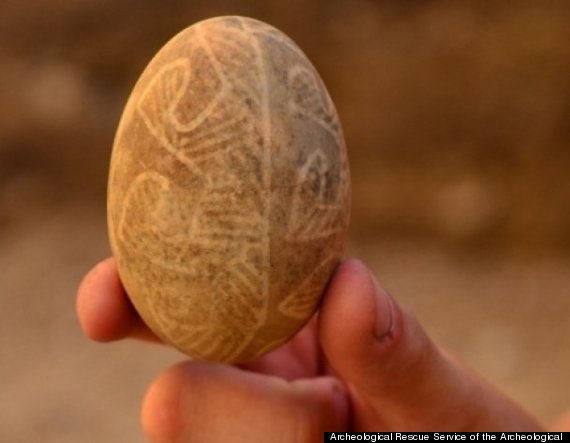
The practice of coloring eggs started in the early middle ages. Wealthy people would cover the dift egg with gold leaves while peasants would dye their eggs. Boiling eggs with different flowers, herbs, or even insects gave the egg a different color. In certain parts of Germany the eggs were etched with the name and birthdate of the owner. Funnily enough, Eggs in the 19th century were used in court as a valid substitute for birth certificates.